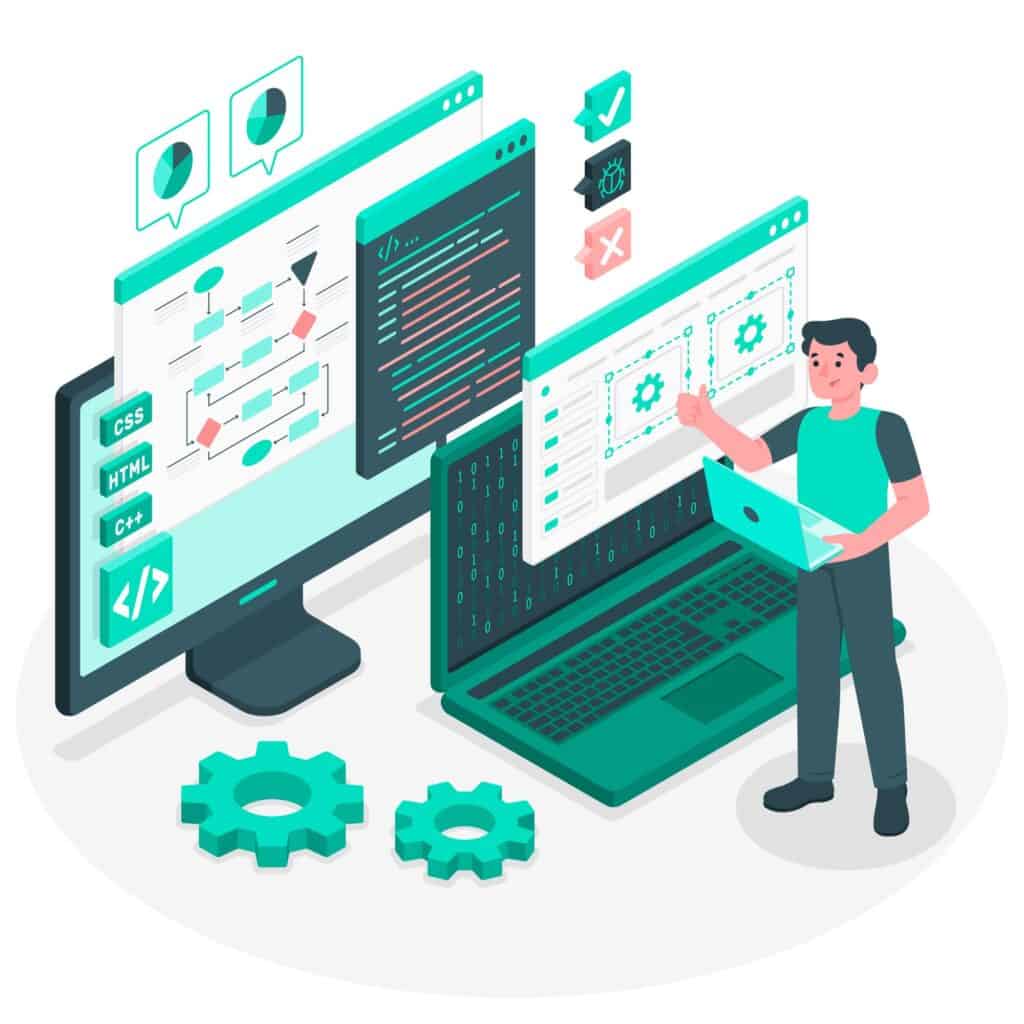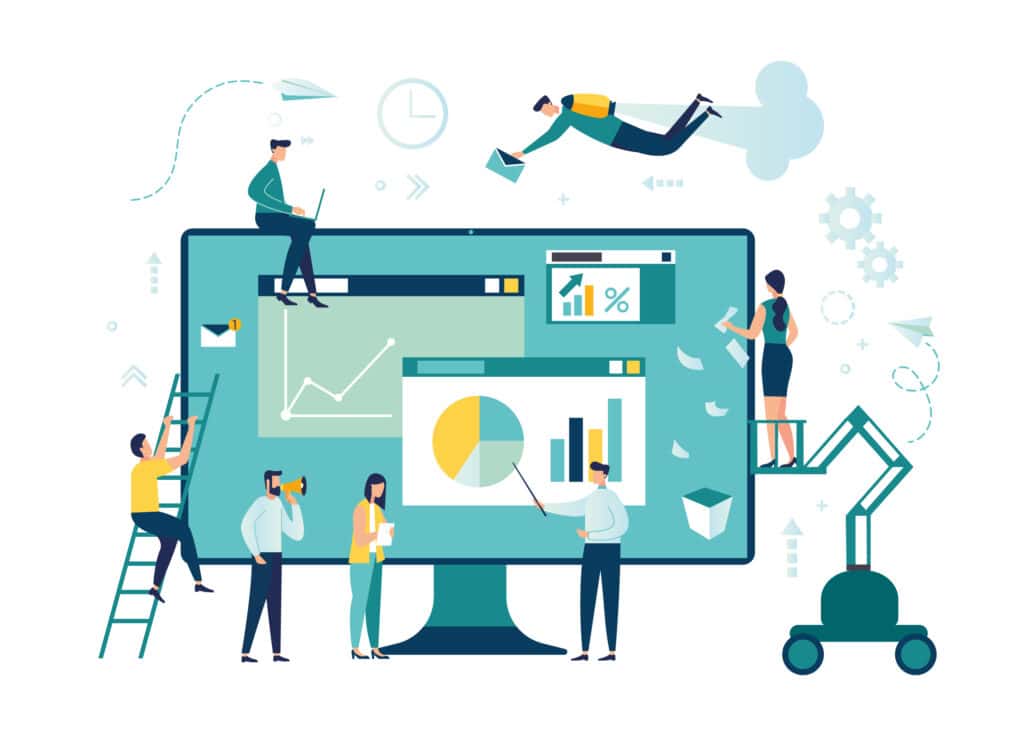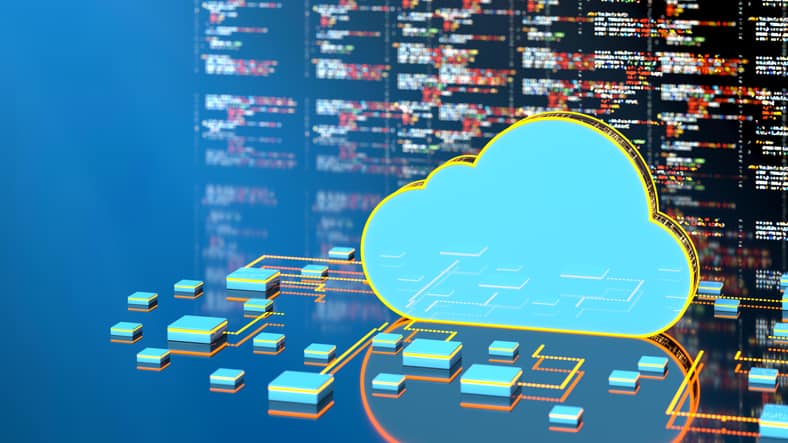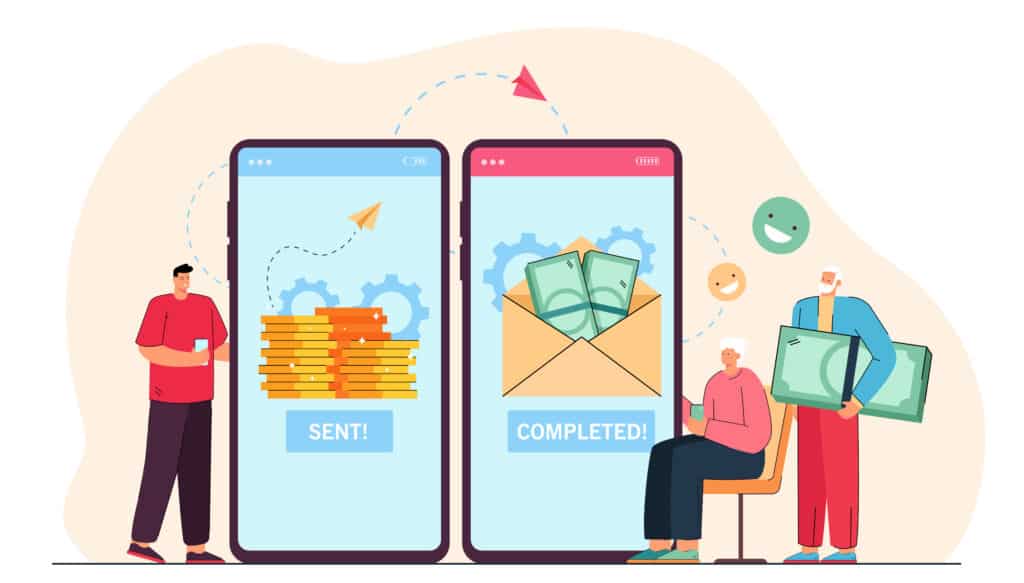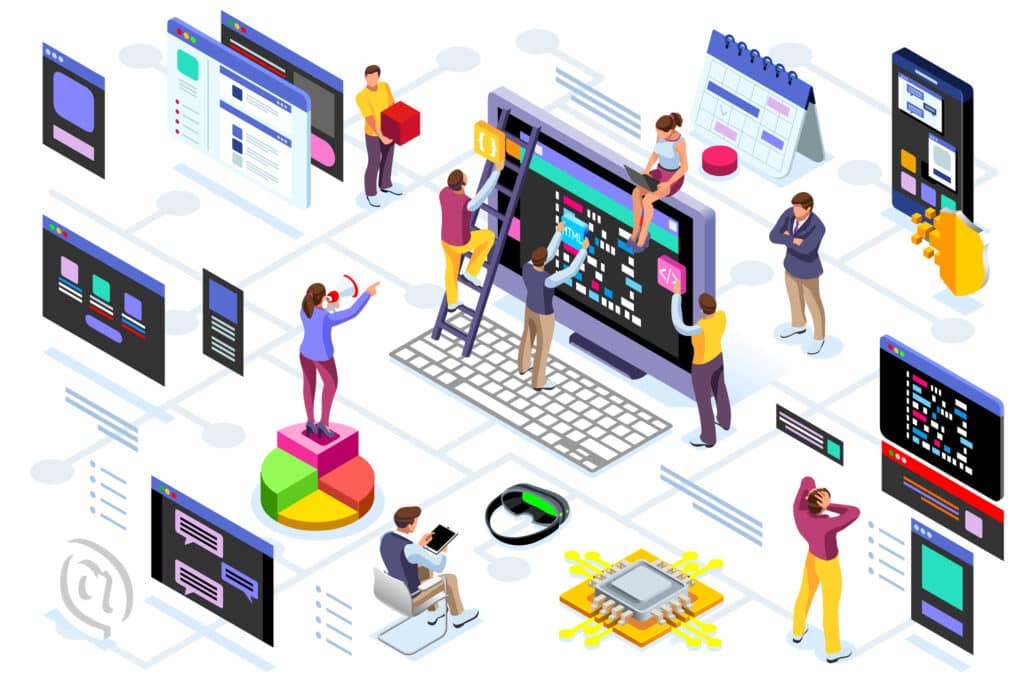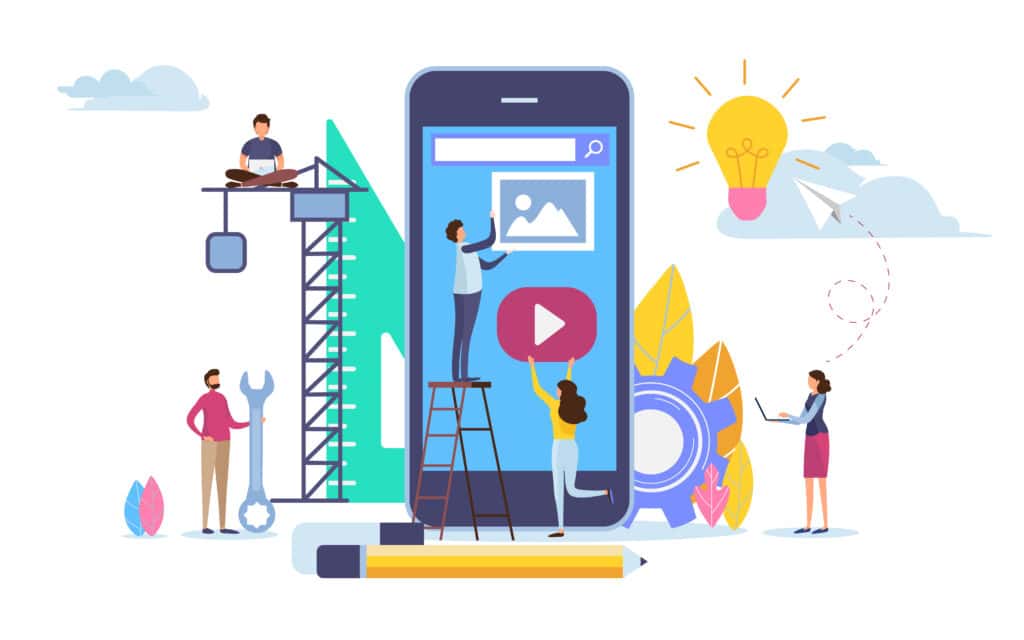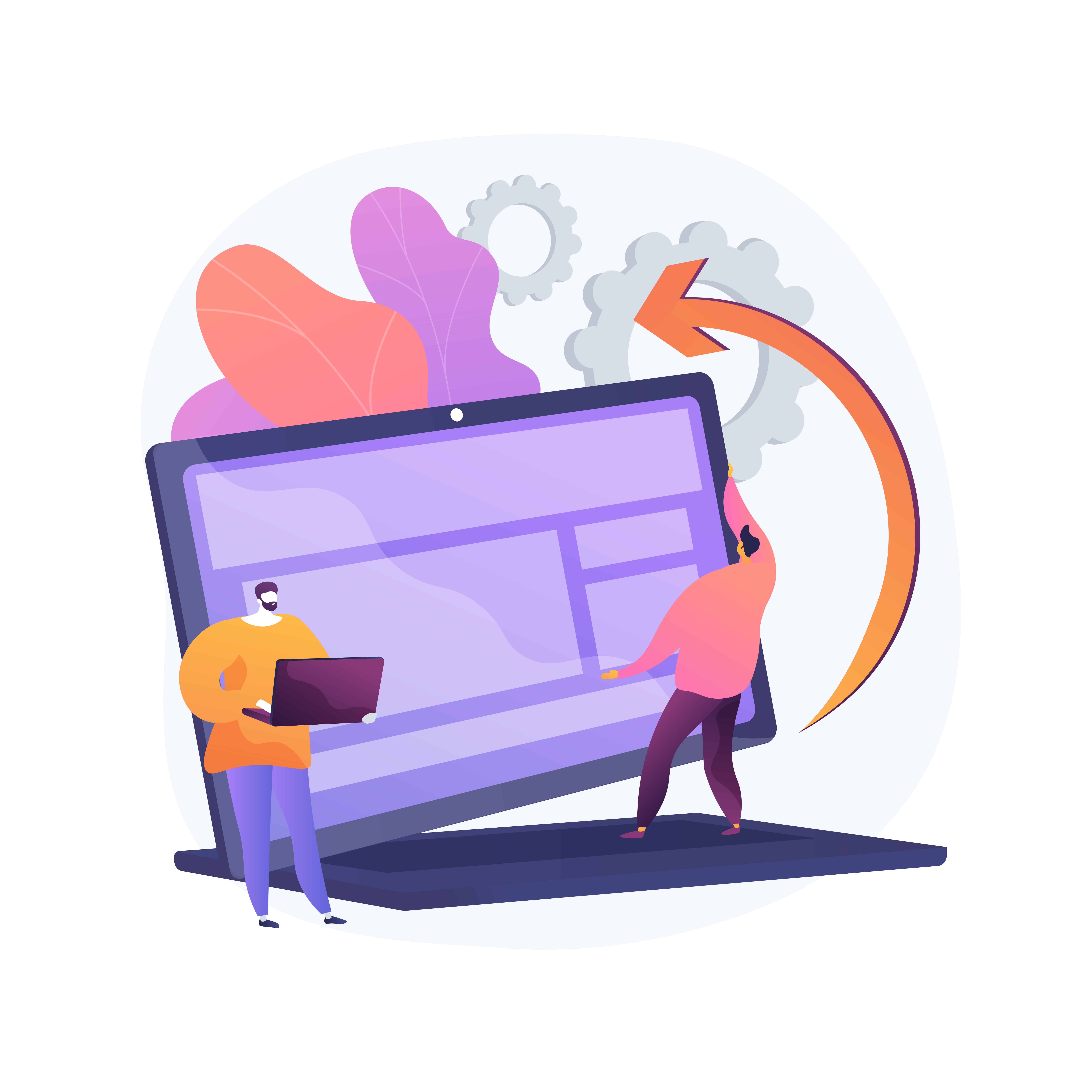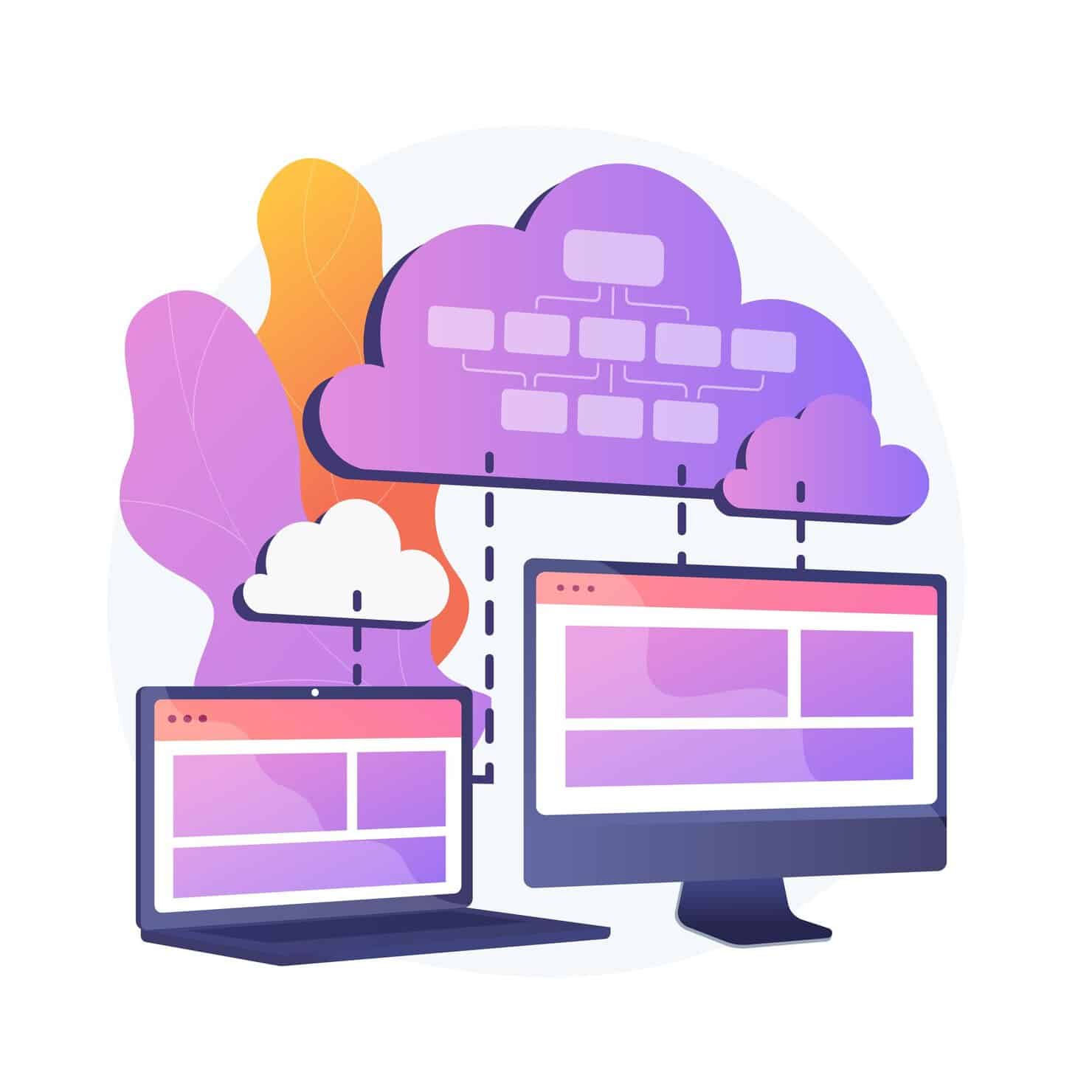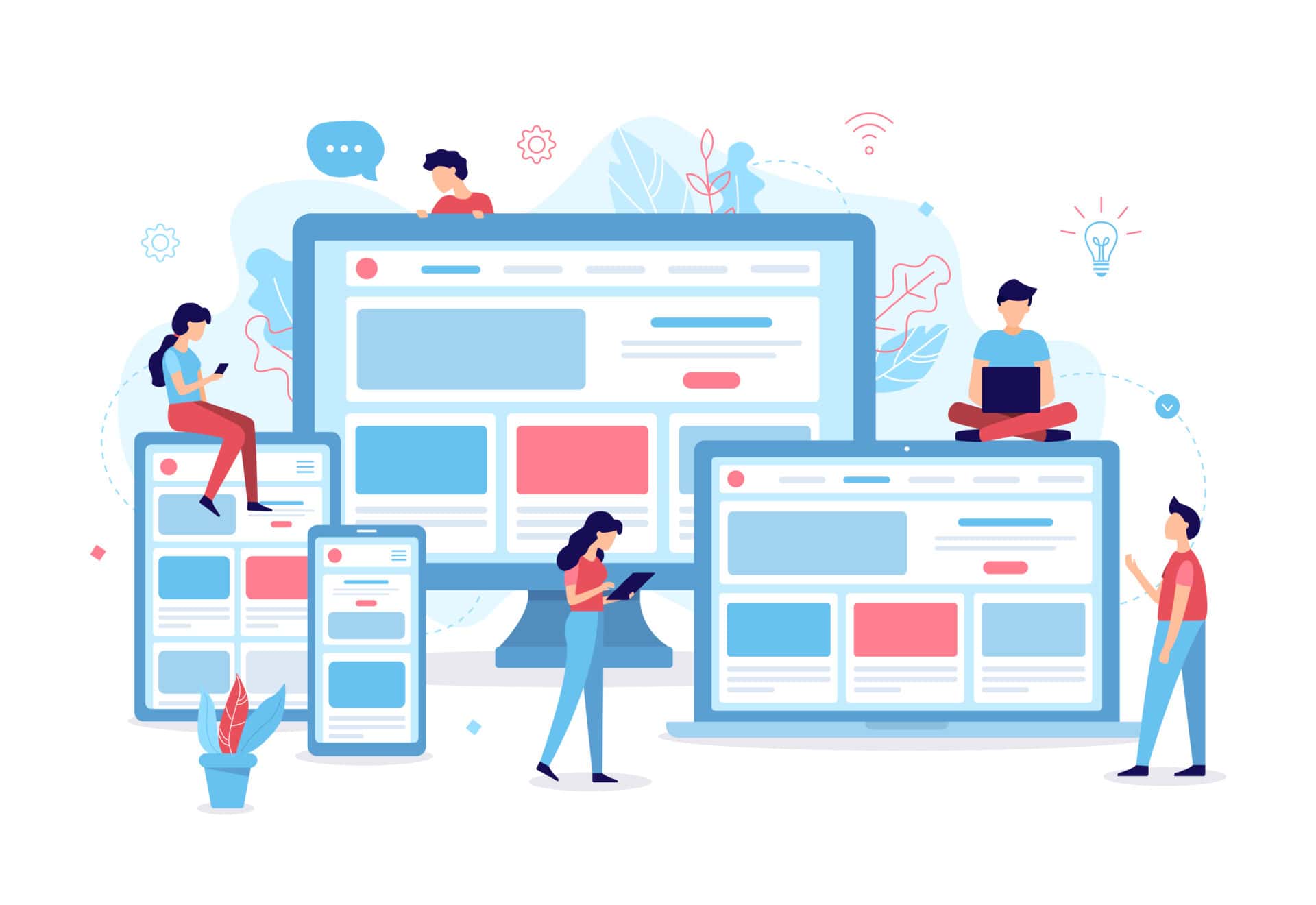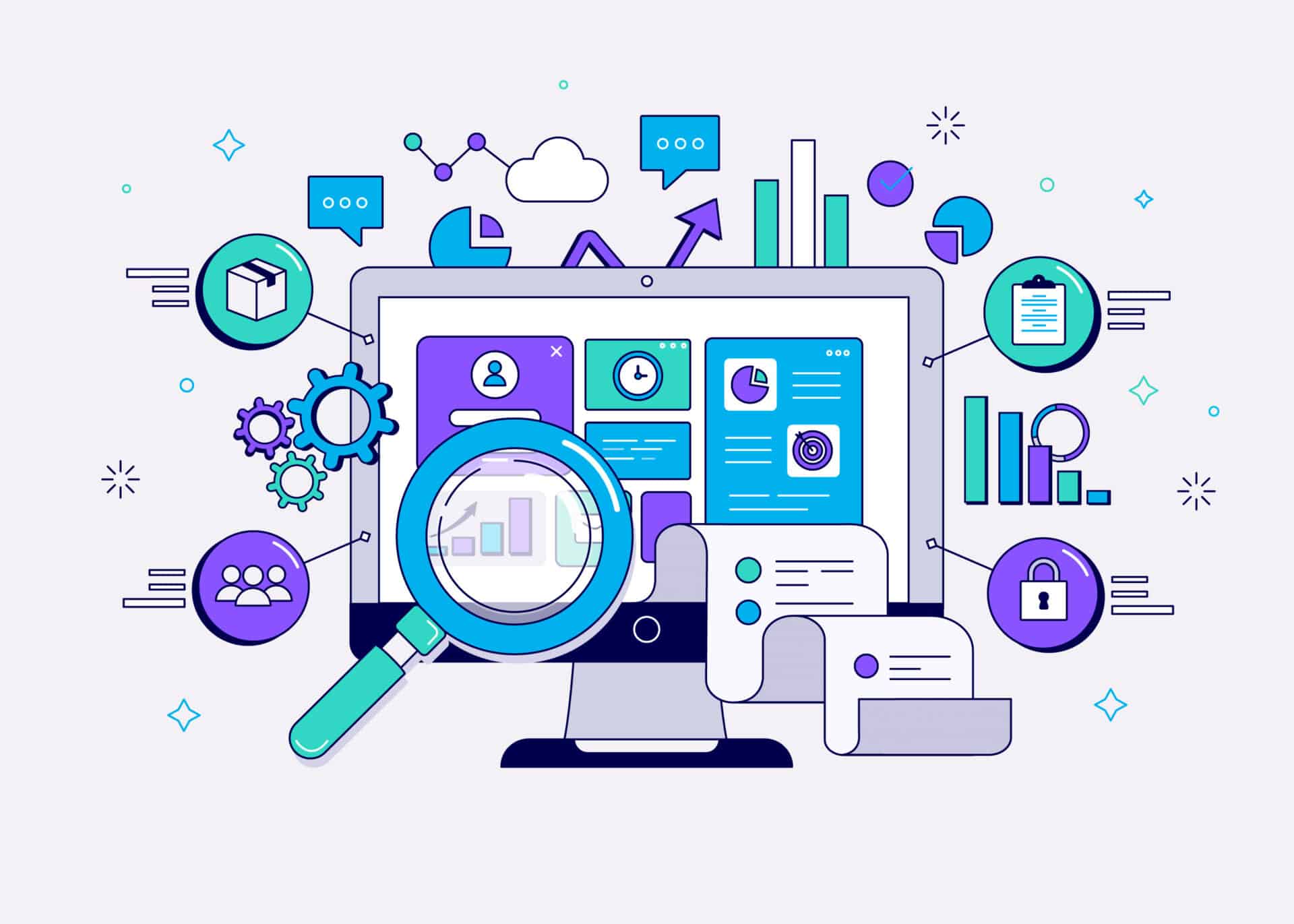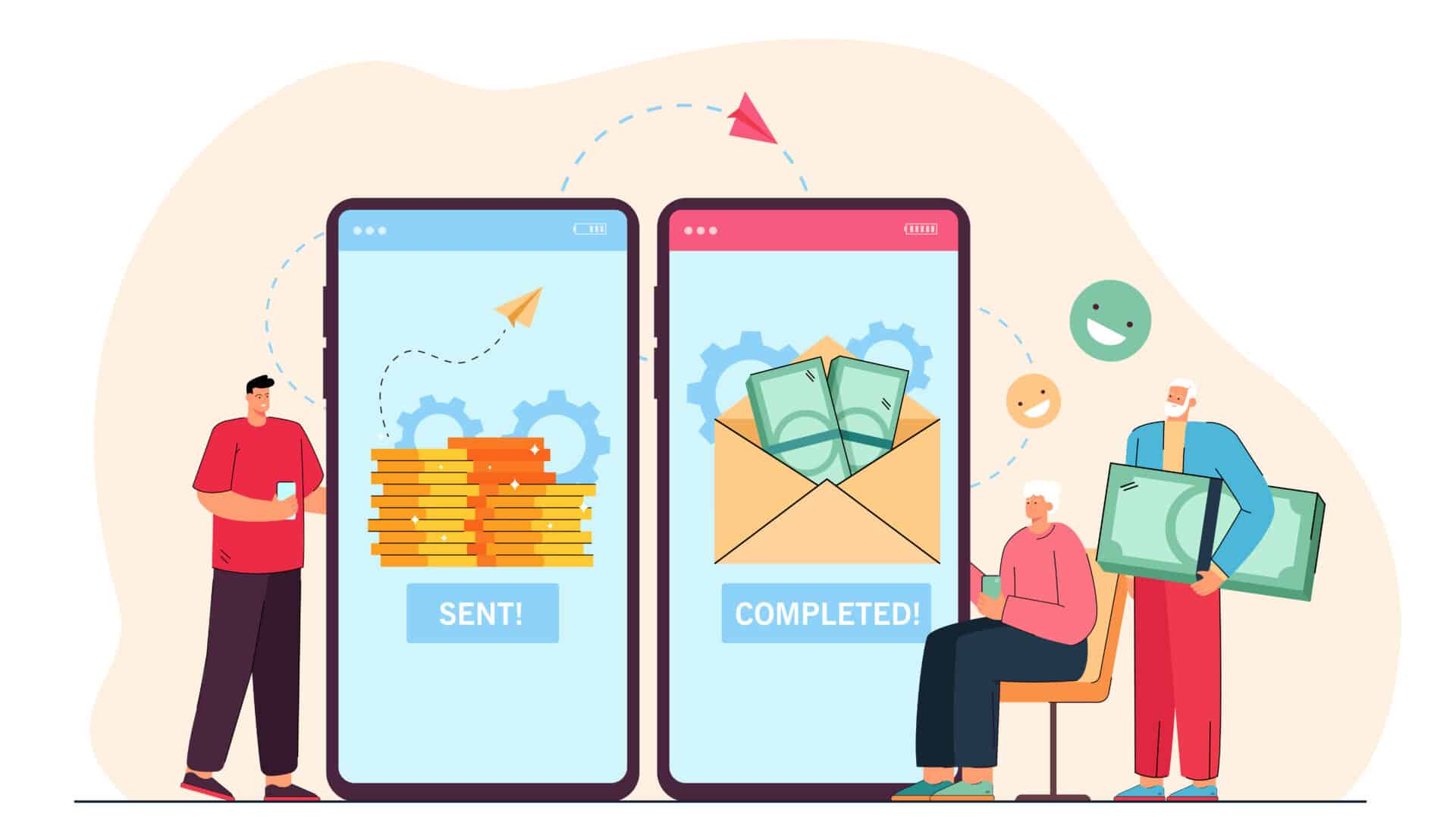Elevate Your Business with Legacy Software Modernization
In today’s competitive market and rapidly evolving technological landscape, legacy software systems that once provided a solid foundation for your company’s success can quickly become a barrier to future growth.
Even if a legacy system isn’t constantly crashing, if it’s slow-loading, can’t function in the event of erroneous inputs, isn’t scalable, or can’t be counted on to withstand advanced security threats, it’s a liability that’s almost certainly decreasing your employees’ productivity and end-users’ satisfaction – and ultimately – limiting your business’s profitability.
Application modernization adds adaptability to systems, delivers ROI from reduced operational and maintenance costs, and can even help businesses stave off compliance failures before they result in expensive legal battles.
Because transforming older systems into modern solutions is an intricate process, we’ve designed this page to help companies understand the nuances, challenges, and strategies associated with legacy application modernization.

Assess Your Legacy Software’s Performance Now!
Answer 20 questions, and our CONFIDENTIAL survey will help you address the software challenges holding your business back. Once you’re done, we’ll suggest application modernization actions to ramp up its performance, scalability, security and more.
Benefits of Assessing Your Software’s Performance
NOW Vs. Later
Increased Security
In 2023, the average cost of an enterprise data breach in Canada was a staggering $6.94M CDN (USD 5.13M), requiring an average of 322 days to identify and contain. Think your legacy software could stand up to an advanced cyberattack? Wonder if your company could cope with being locked out of key systems or data for almost a year?
Compliance in a Rapidly-Changing Regulatory Environment
If your company uses legacy software to house sensitive customer data, you may already be violating regulations regarding data privacy and protection, especially if you do business beyond Canada’s borders. Modern software can easily be adapted to respond to changing regulatory requirements and can even create an audit trail that proves your business is compliant.
Interoperability with Modern Tech
Wonder if your company could cope with being locked out of key systems or data for almost a year? Want to use IoT technology for remote monitoring in your warehouse, task AI to decrease your product development costs without affecting safety, or increase the functionality of your mobile app without having to remake the whole thing? Without application modernization, all these opportunities could be off the table.
Application Modernization Trusted by a Diverse Array of Clients
What is Legacy Software Modernization?
When Should You Consider Legacy Software Modernization?
If a legacy application is imposing specific limitations or hindering business progress,
it could be time to evaluate the application. The eight common areas to review are:
Robustness
Security & Compliance
Scalability
Functionality
Performance
Technology
Factors to Consider When Modernizing
Assessment
Budget
While the need to modernize legacy software in the face of increased competition and rapidly evolving technologies like AI is vital, not squandering your budget in uncertain times can be a powerful reason to put legacy software modernization on hold yet again.
In order to keep your legacy application modernization plans moving forward without putting undue strain on your budget:
Technology
When it comes to deciding between optimizing and rebuilding, there are a few things to consider.
First, you should only optimize if your application’s technology framework is supported and expected to remain viable over the next 5-10 years. Second, if you can’t place a checkmark beside two or more of the following support indicators, you’re probably better off rebuilding your system in a modern and well-supported technology stack.
Obvious indicators of long-term support include:
Less obvious indicators include:
Need more information? Check out our blog about optimizing versus replacing legacy software systems.
Technical Paths to Application Modernization
Options to explore when considering legacy software modernization.
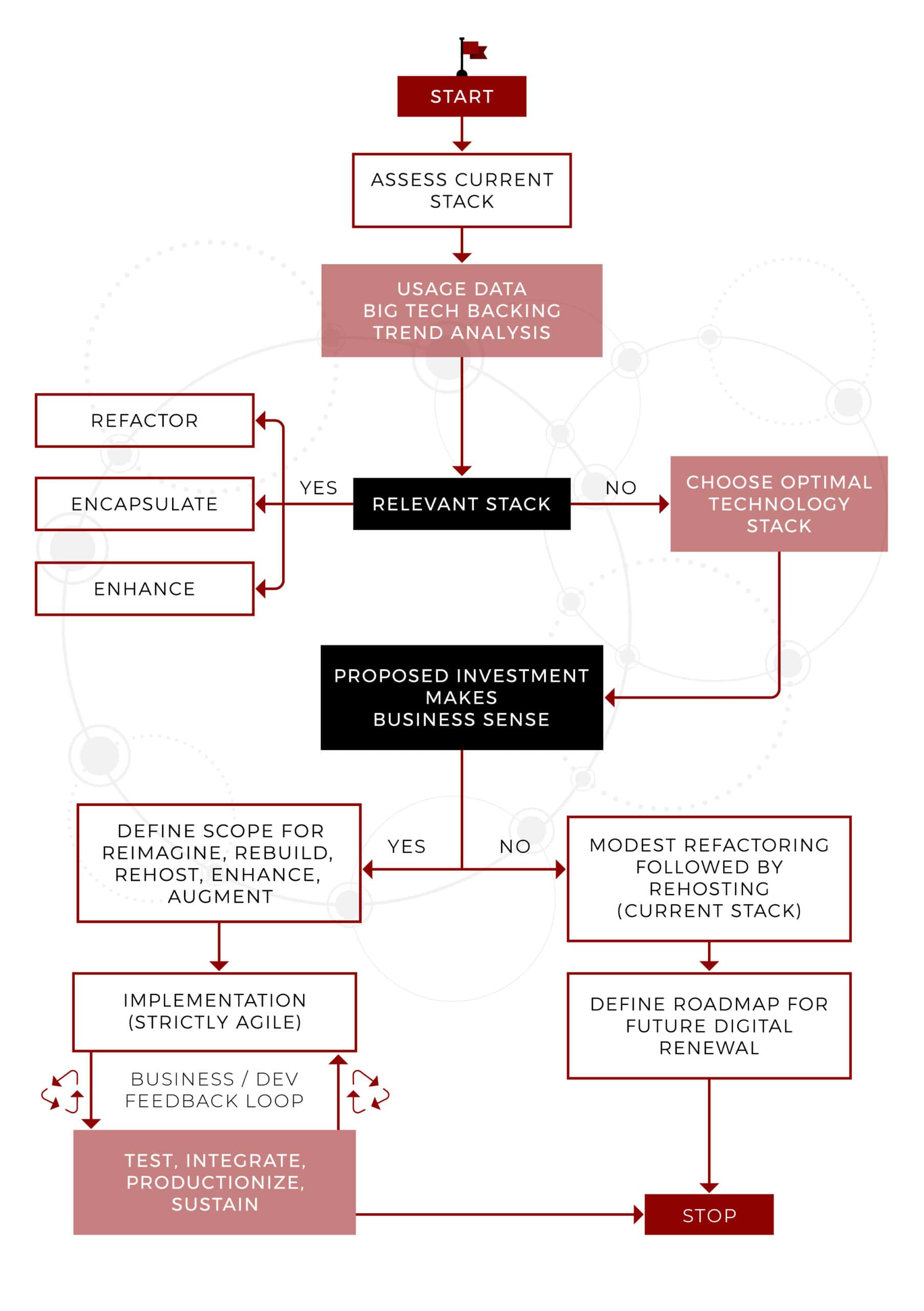
1. Encapsulate
Wrap up legacy software in an isolated environment and manage access and communication with newer systems and technologies through APIs. This is often followed by a plan for a gradual phasing out of the legacy software by reducing access and putting phase-out timelines in place.
2. Refactor
Restructure and optimize the existing code (although not its external behaviour) to decrease technical debt and improve nonfunctional attributes.
3. Replatform
Choose a modern technology stack that can keep up with your unique challenges and structure your application to handle growth and expanded functionality..
4. Rehost (Lift-and-Shift)
Experience unprecedented scalability and reliability by migrating your business-critical applications to the cloud.
5. Rearchitect
Don’t let archaic software architecture slow you down. Whether you have a tiered monolith on your hands or an application that involves multiple microservices, we’ll make the best recommendations for your use cases.
6. Rebuild
Rebuilding is sometimes the most sensible way out of technical debt, and we can make it an affordable choice. Rebuilding involves rewriting and rearchitecting the application from scratch using modern technologies.
7. Reassess
It’s always worth your while to get a second opinion before embarking on a major software project. We’ll examine your situation and provide unbiased options for your application modernization project.
8. Replace
If off-the-shelf software or SaaS offerings meet your requirements, we can help facilitate a comprehensive selection process. We’ll look at various things like technical and functional requirements, as well as external indicators such as market share, Gartner’s Magic Quadrant placement and adoption rate before we make our recommendations.
9. Reimagine
Are you thinking out of the box, or are you stuck in legacy processes and old-fashioned delivery methods? Rejuvenate your users’ experience through fresh thinking and modern offerings with application modernization services designed to make your business soar!
Tell us more about your business and the legacy software pain points you’d like to eliminate. We can help.
Choosing the Right Partner: Mantrax’s Approach to Providing Software Modernization Services
Unlike many other software modernization companies, Mantrax’s application modernization process goes well beyond software development. We work to discover and define what success looks like to you, make sure your project is set up correctly with a well-defined scope and a comprehensive statement of work, and then co-manage the critical path together with you to deliver your project on time and on budget.
The steps involved in realizing your legacy application modernization project include:
Kickstart Your Project with Discovery That Yields Actionable Insights
Stay Ahead of Your Competition and Future-Proof Your Business by Embracing Application Modernization
Legacy application modernization helps businesses in key ways, including:
Although software modernization companies or consultants supplying application modernization services will each approach the process differently, it generally involves discovery, functional analysis and technical review phases that add inform refactoring, rearchitecting and reengineering tasks, and more.
While legacy software modernization can be challenging, with the right team working with you and for you, application modernization can drive digital transformations that are capable of creating incredible success for your company.
Ready to Get Started? Take Our Legacy Application Modernization Assessment
Software Engineering Blog
In the ever-evolving landscape of artificial intelligence, Large Language Models (LLMs) stand out for their unprecedented language mastery, primarily attributed to their large parameter scale. …
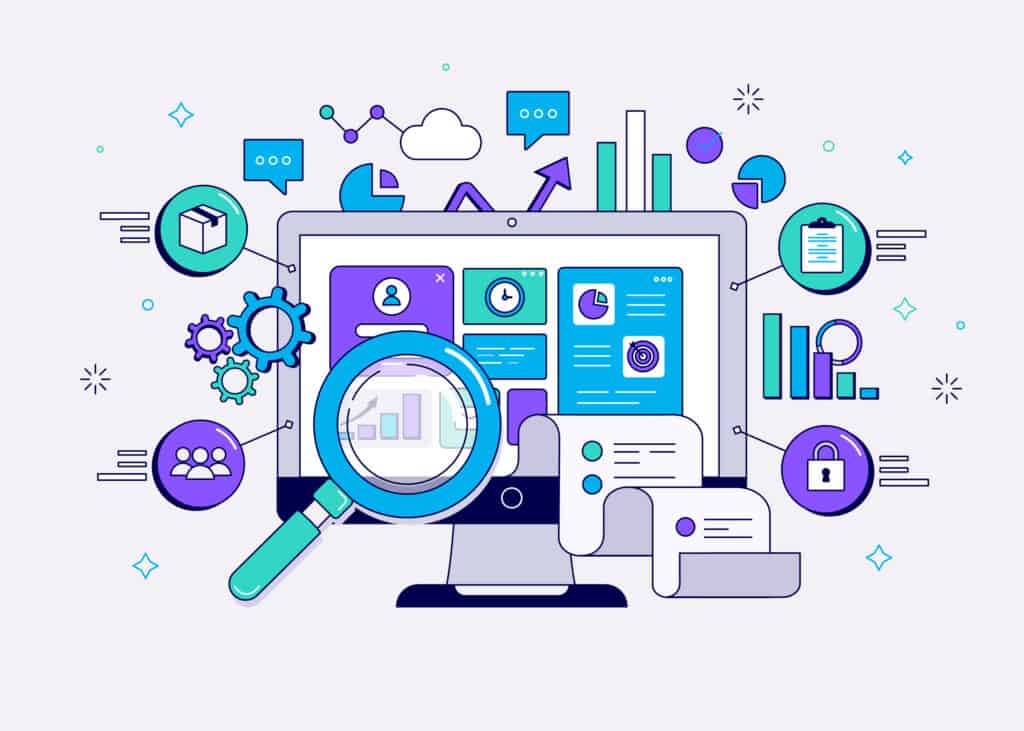
This blog post delves into the profound significance of self-serve tools, shedding light on their impact on productivity, autonomy, and overall efficiency. We’ll explore how …

In our ever-evolving technological landscape, the spotlight is on a revolutionary force—Large Language Models (LLMs). These digital wizards are rewriting the script of how we …






